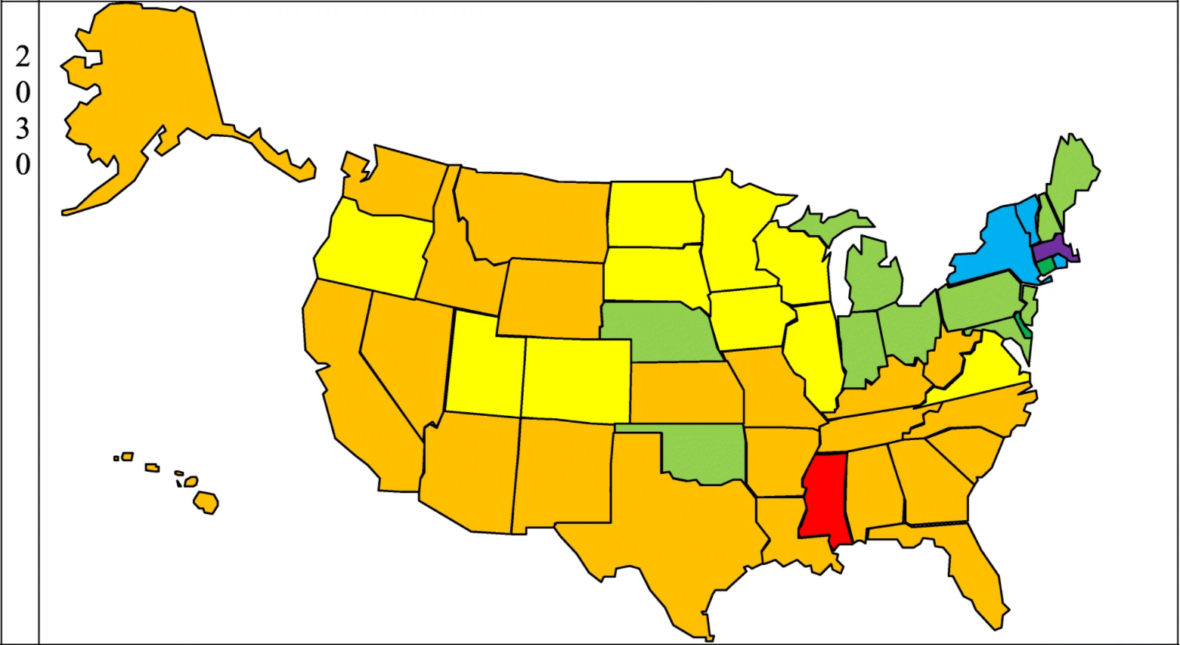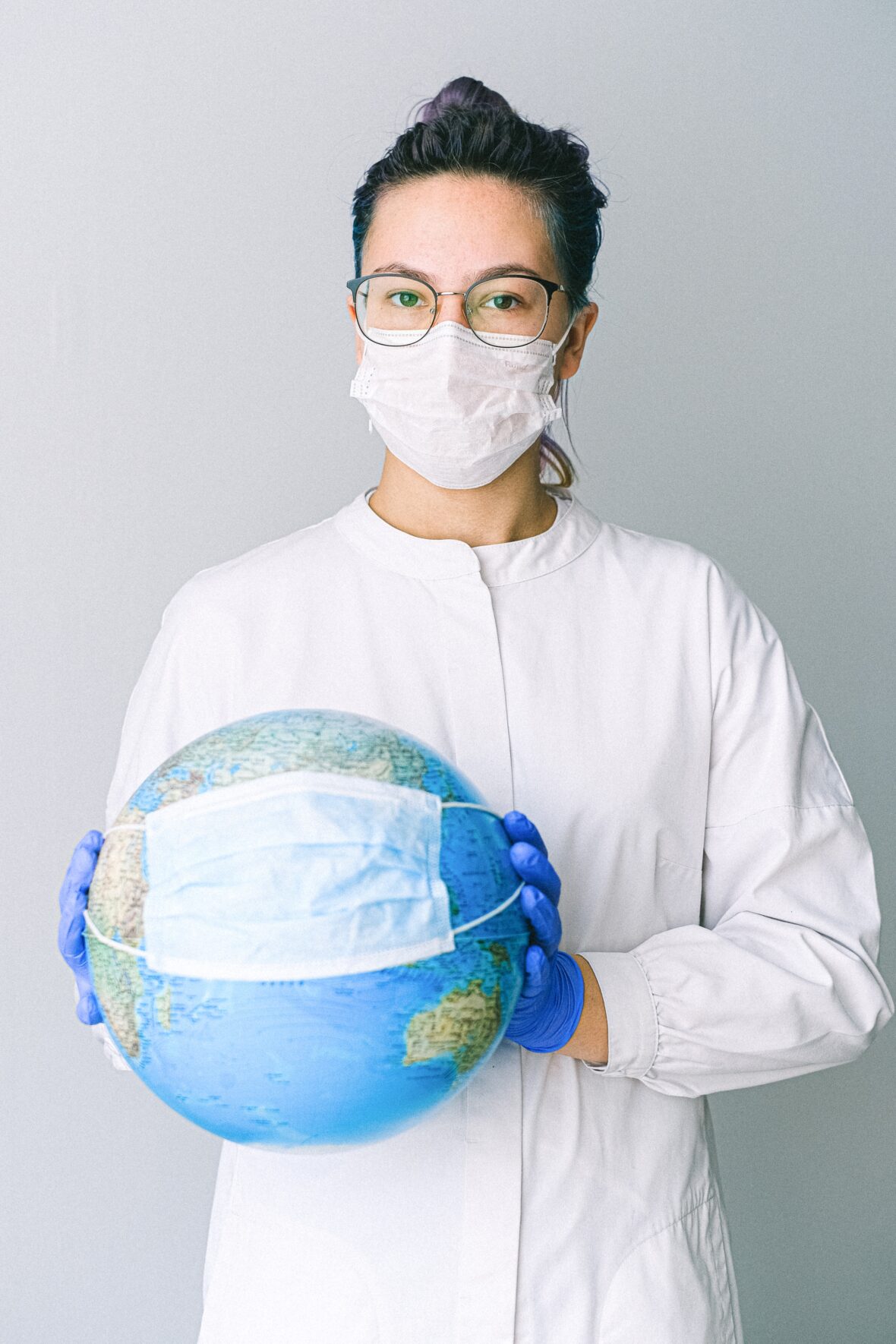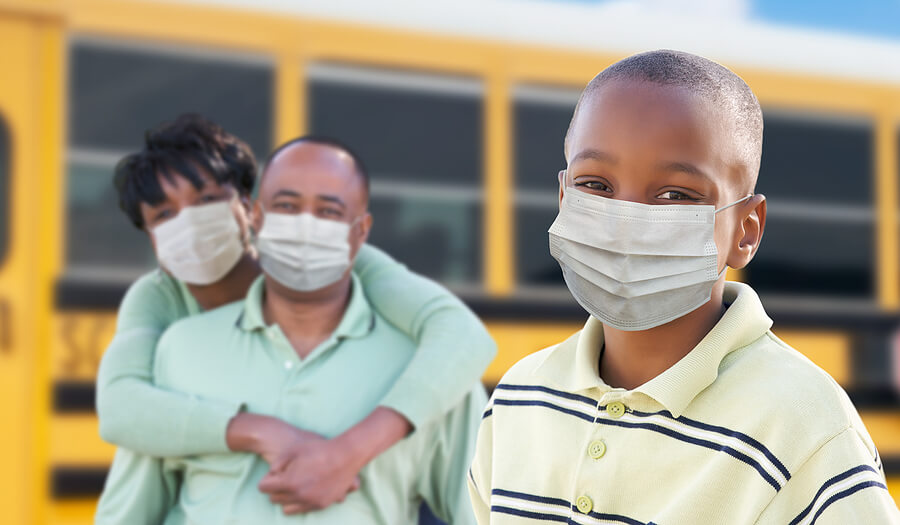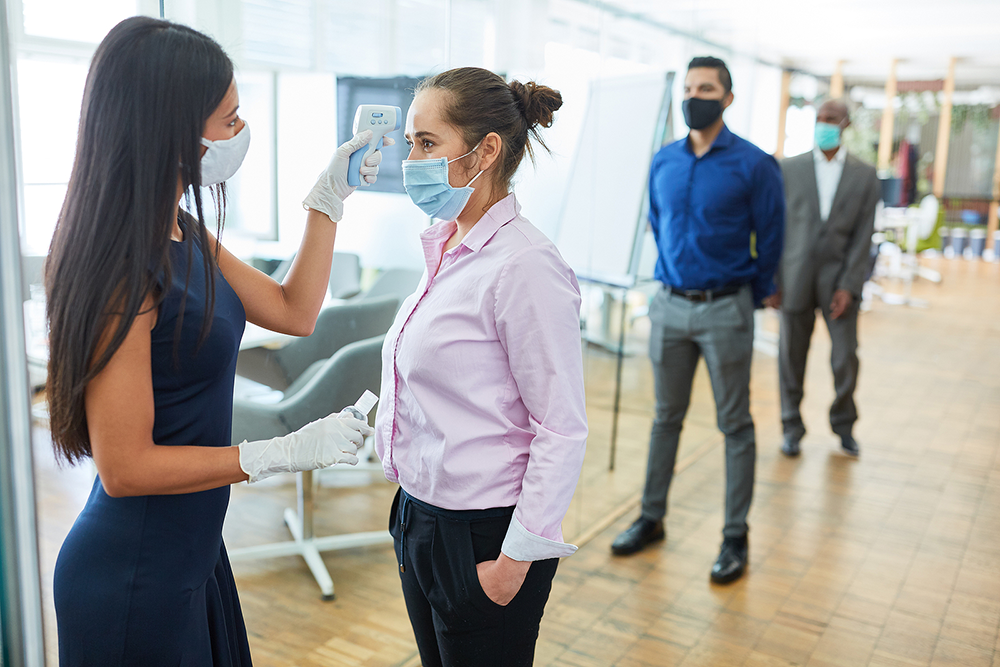It is projected that physician demand will grow faster than supply, leading to a total physician shortage of between 37,800 and 124,000 physicians nationwide by 2034.[i] Thankfully, leaders are looking for solutions to this shortage. On March 18th, 2021, a bill was introduced to the Senate to increase the number of residency positions eligible for graduate medical education payments under Medicare for qualifying hospitals in rural areas and health professional shortage areas. Currently, the law increases the positions by 200 per fiscal year beginning in FY2023. With the new proposed law, that number would increase more to an additional 2,000 positions per fiscal year from FY2023-FY2029.[ii] With this and reducing a physicians’ school debt, it will help to promote a larger future physician workforce. The Physician Shortage Situation in Florida In Florida only, there is a staggering shortage of physicians, especially primary care physicians. The Health Resources and Services Administration estimates that currently Florida already needs an additional 1,636 primary care physicians to address the existing shortage.[iii] The shortage is projected to grow to over 3,000 primary care physicians by 2025 and as high as 4,671 by 2023.[iv][v] In order to help combat this upcoming physician shortage epidemic, Florida’s …
Our physician-designed training program will teach you everything you need to know! You’ll receive hands-on training and extensive on-site experience. Our training programs are the best in the business!











